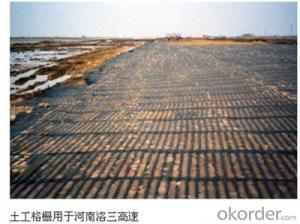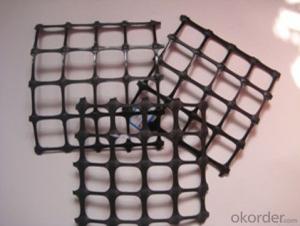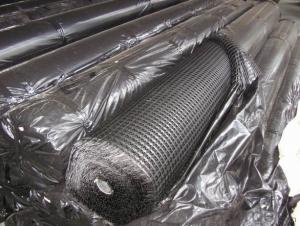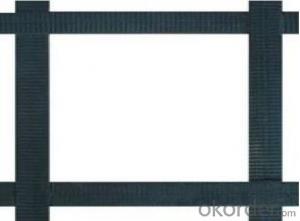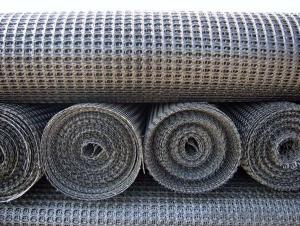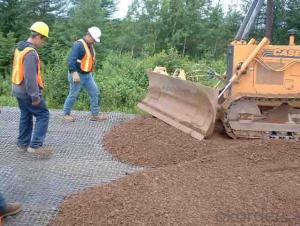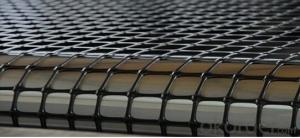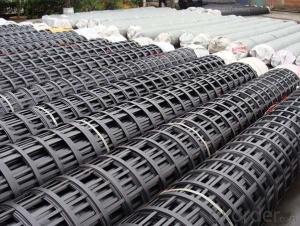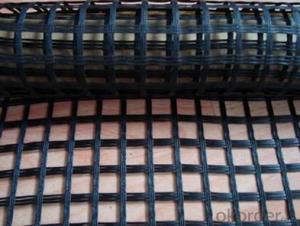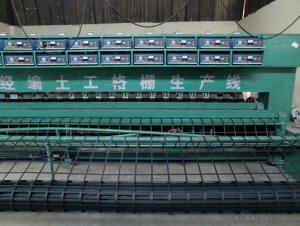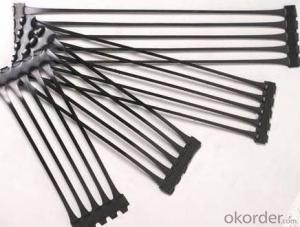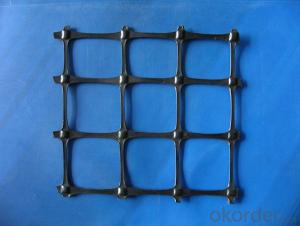Rx1200 Geogrid
Rx1200 Geogrid Related Searches
Fridge With Freezer On Bottom Driveway Pillars With Lights Blu Ray Player With Recorder Blu Ray Player With Internet Geogrid In Retaining Walls 1708 Biaxial Fiberglass Tape Pullout Resistance Of Geogrid Geogrid Warp Knitting Machine Srw 3 Series Geogrid Biaxial Plastic GeogridHot Searches
Fiberglass Scaffolding For Sale Fiberglass Panels For Sale Fiberglass Greenhouses For Sale Geogrid Fabric For Sale Gas Powered Core Aerator For Sale Revolution 4 Propeller For Sale Alabaster Carving Stone For Sale Geogrid For Sale Near Me Tensar Geogrid For Sale Geogrid For Sale Ex Display Log Cabins For Sale Photoelectric Cells For Sale Athletic Lockers For Sale Cubicle Partitions For Sale Stearman Propeller For Sale Palram Greenhouses For Sale Gumbo Bowls For Sale Suzuki Propellers For Sale Freight Crates For Sale Outhouse Sheds For SaleRx1200 Geogrid Supplier & Manufacturer from China
Okorder.com is a professional Rx1200 Geogrid supplier & manufacturer, offers integrated one-stop services including real-time quoting and online cargo tracking. We are funded by CNBM Group, a Fortune 500 enterprise and the largest Rx1200 Geogrid firm in China.Hot Products
FAQ
- Yes, geogrids can be used in the reinforcement of gabion walls. Geogrids are commonly used to enhance the stability and strength of gabion structures by providing additional tensile strength and preventing soil erosion. This reinforcement technique helps to increase the overall structural integrity and durability of gabion walls.
- Yes, geogrids are suitable for use in saline environments. Geogrids are made from durable materials such as polyester or polypropylene, which are resistant to corrosion and degradation caused by saltwater. They are commonly used in coastal areas, seawalls, or other saline environments to provide stability and reinforcement to soil or structures.
- Yes, geogrids can be used in the reinforcement of rail embankments and cuttings. Geogrids provide additional strength and stability to the soil, preventing erosion and reducing the risk of slope failure. They are commonly used in railway infrastructure projects to enhance the performance and longevity of rail embankments and cuttings.
- The design guidelines for geogrid-reinforced retaining walls include factors such as the type and strength of the geogrid, the wall height, soil properties, and the required level of stability. The guidelines typically emphasize the need for proper engineering analysis, considering factors such as internal and external stability, soil-geogrid interaction, and construction considerations. It is important to follow industry standards and consult with a qualified engineer to ensure a safe and effective design for geogrid-reinforced retaining walls.
- Yes, geogrids are typically resistant to UV degradation. They are often manufactured using materials that have been treated or designed to withstand exposure to ultraviolet (UV) rays from the sun, ensuring their durability and longevity in outdoor applications.
- Geogrids are a highly effective soil reinforcement method that offers several advantages over other techniques. Unlike traditional methods like retaining walls or soil nails, geogrids are lightweight and easy to install, making them a cost-effective solution. Geogrids also provide excellent tensile strength and stability, increasing the load-bearing capacity of soil and preventing erosion. Additionally, geogrids are flexible and adaptable, allowing for better distribution of load and accommodating ground movements. Overall, geogrids are a superior choice for soil reinforcement due to their versatility, durability, and cost-efficiency.
- The long-term effects of using geogrids include improved soil stability and increased load-bearing capacity, reduced soil erosion and sedimentation, enhanced pavement performance, and prolonged lifespan of infrastructure projects. Additionally, geogrids can contribute to cost savings through reduced maintenance and repair needs.
- Yes, geogrids can provide reinforcement to geosynthetic liners. Geogrids are typically used in geosynthetic liner systems to enhance the overall strength, stability, and performance of the liners. They help distribute loads, reduce deformation, and improve the long-term performance of geosynthetic liners.

















